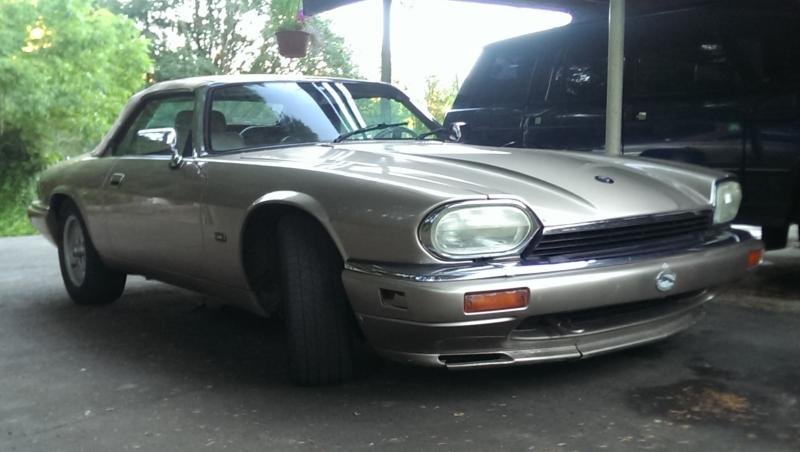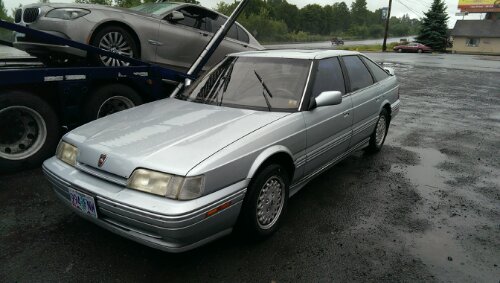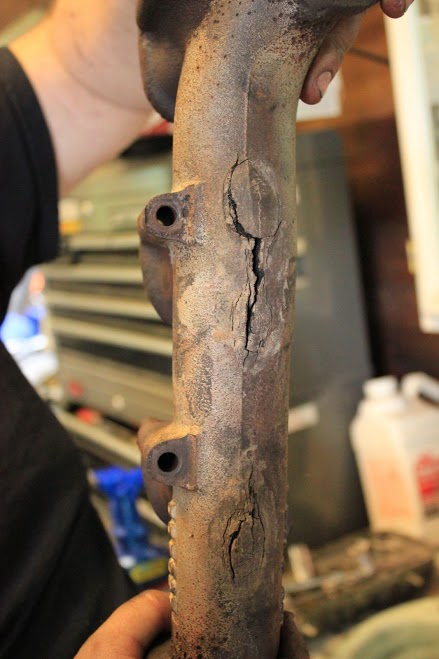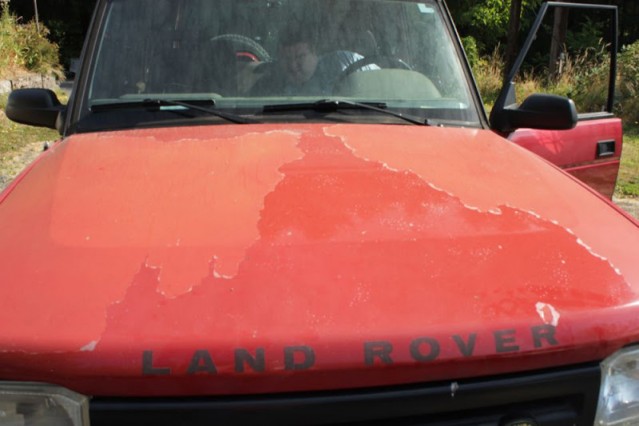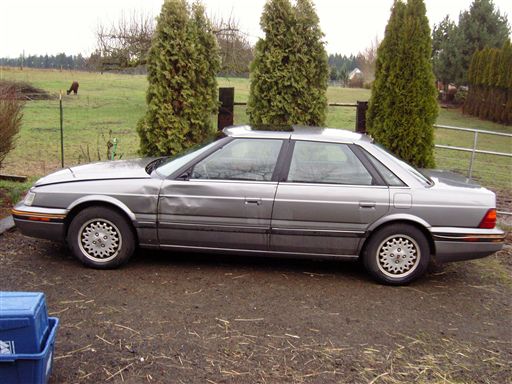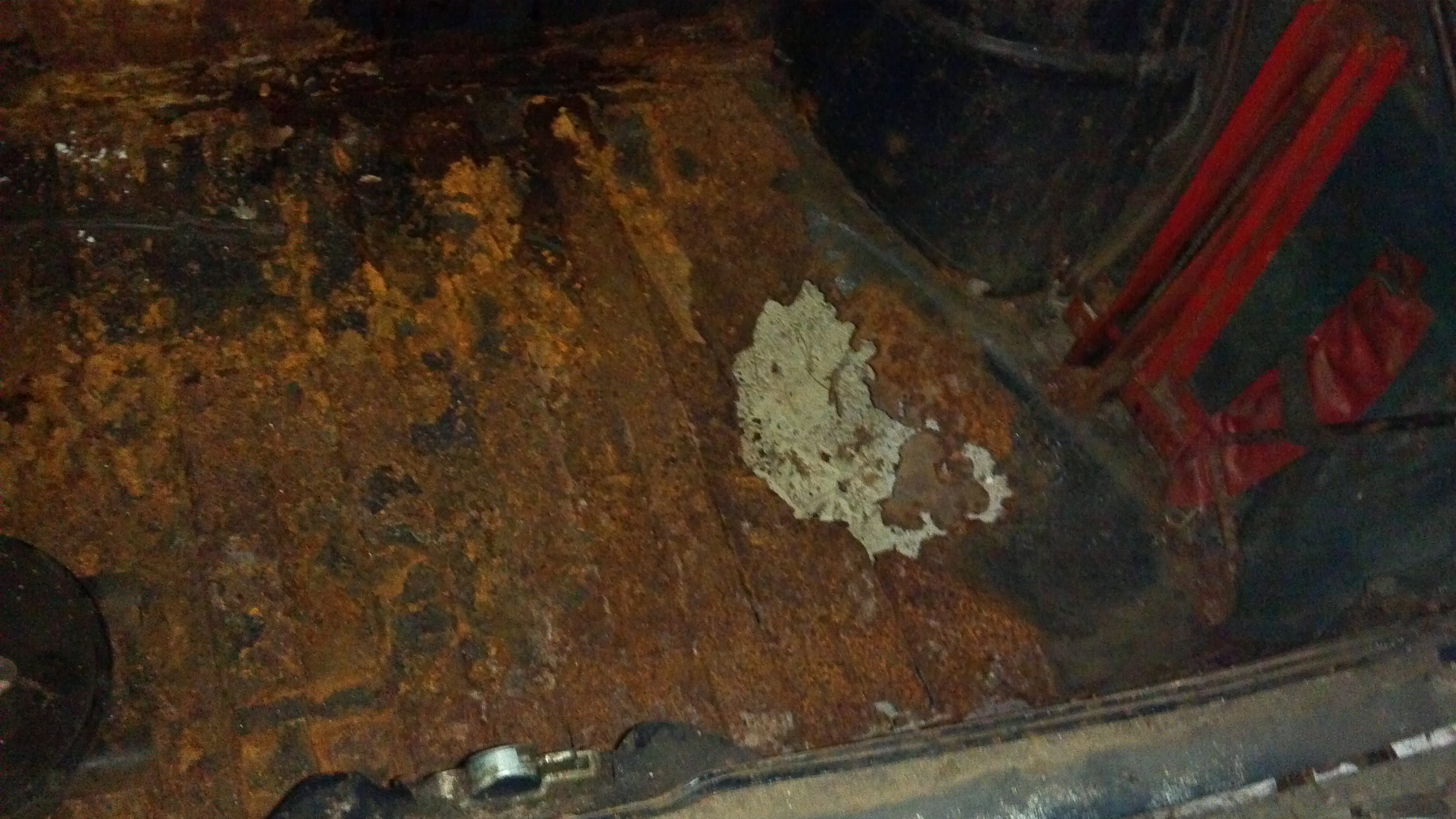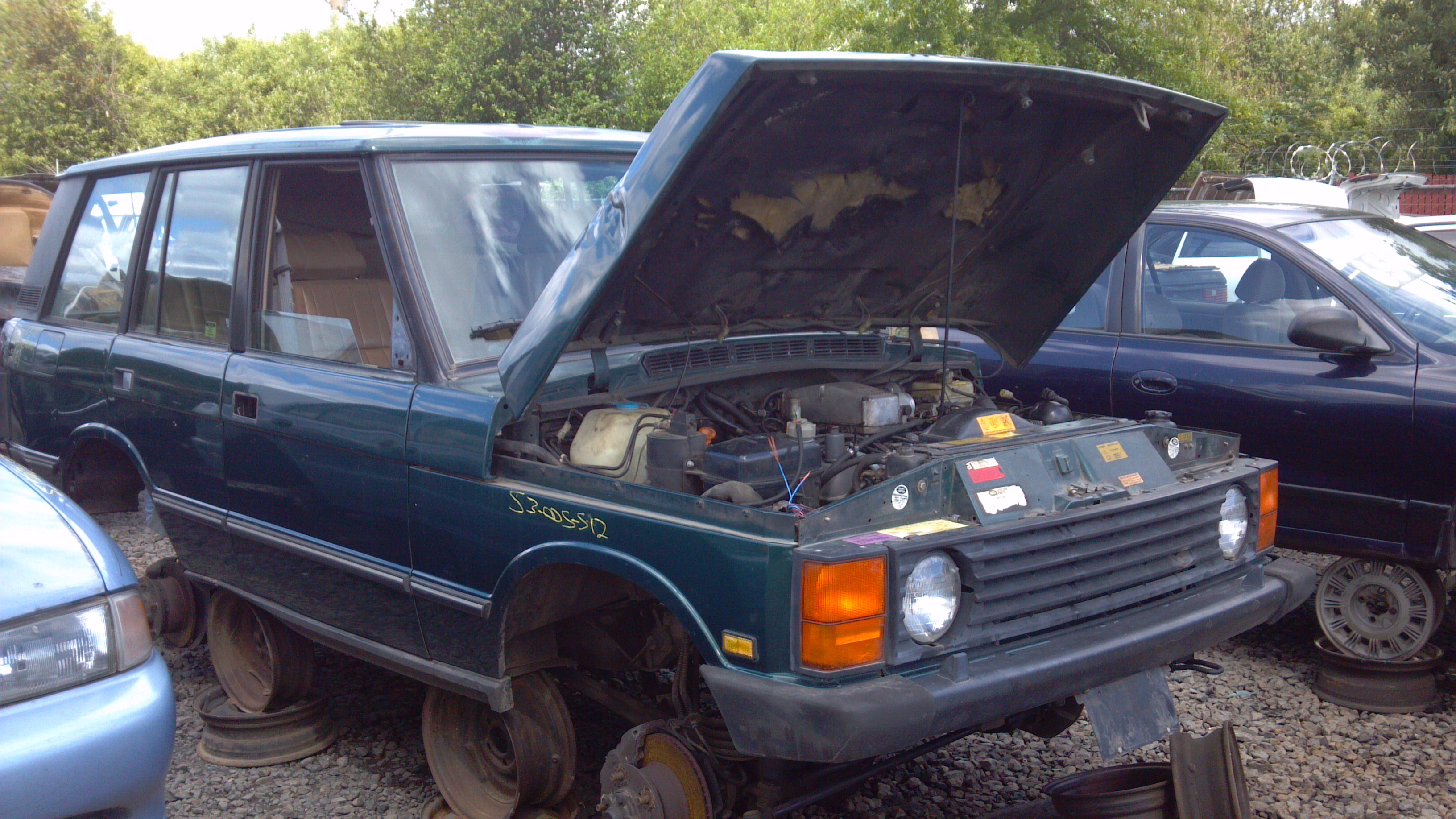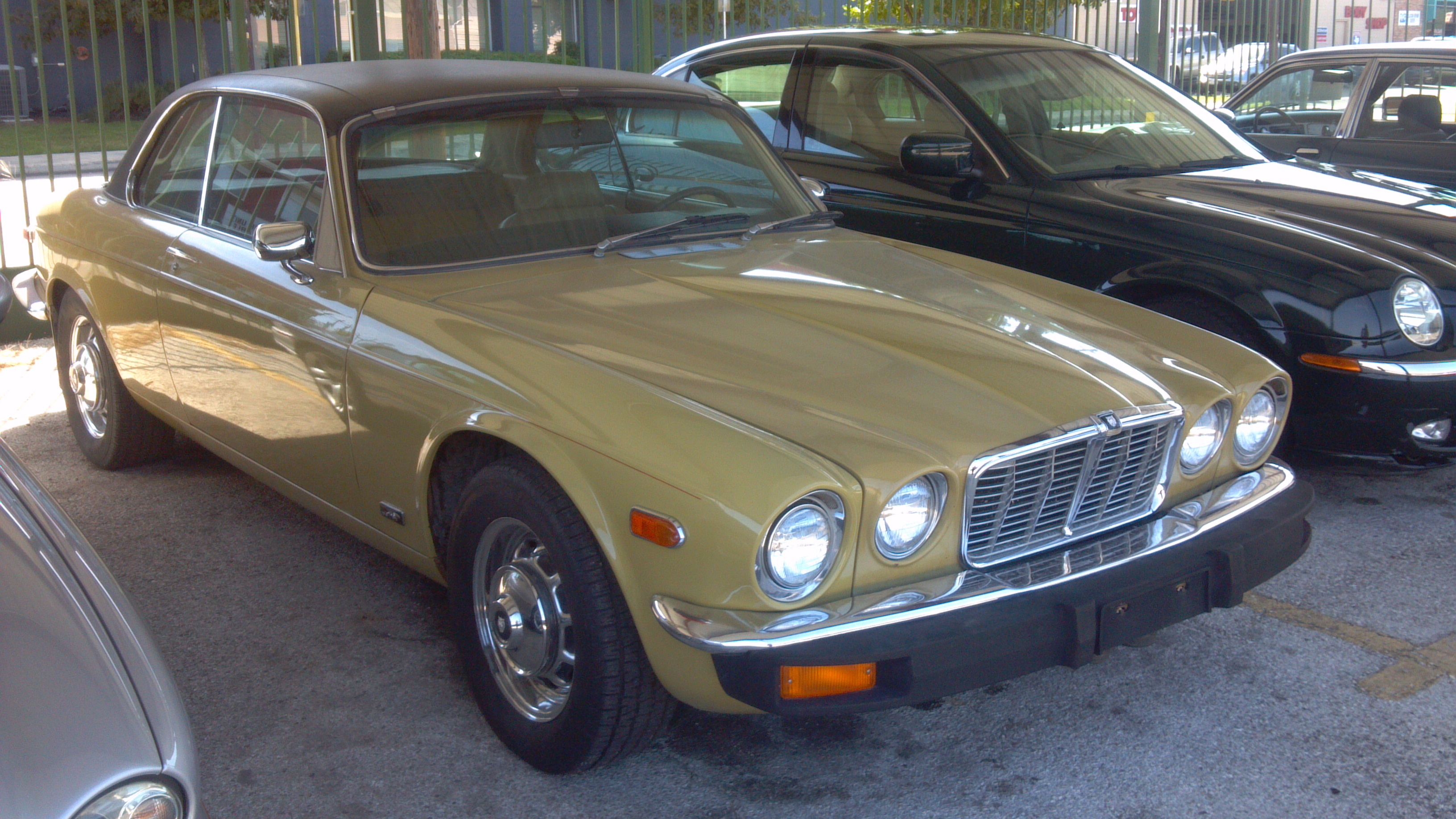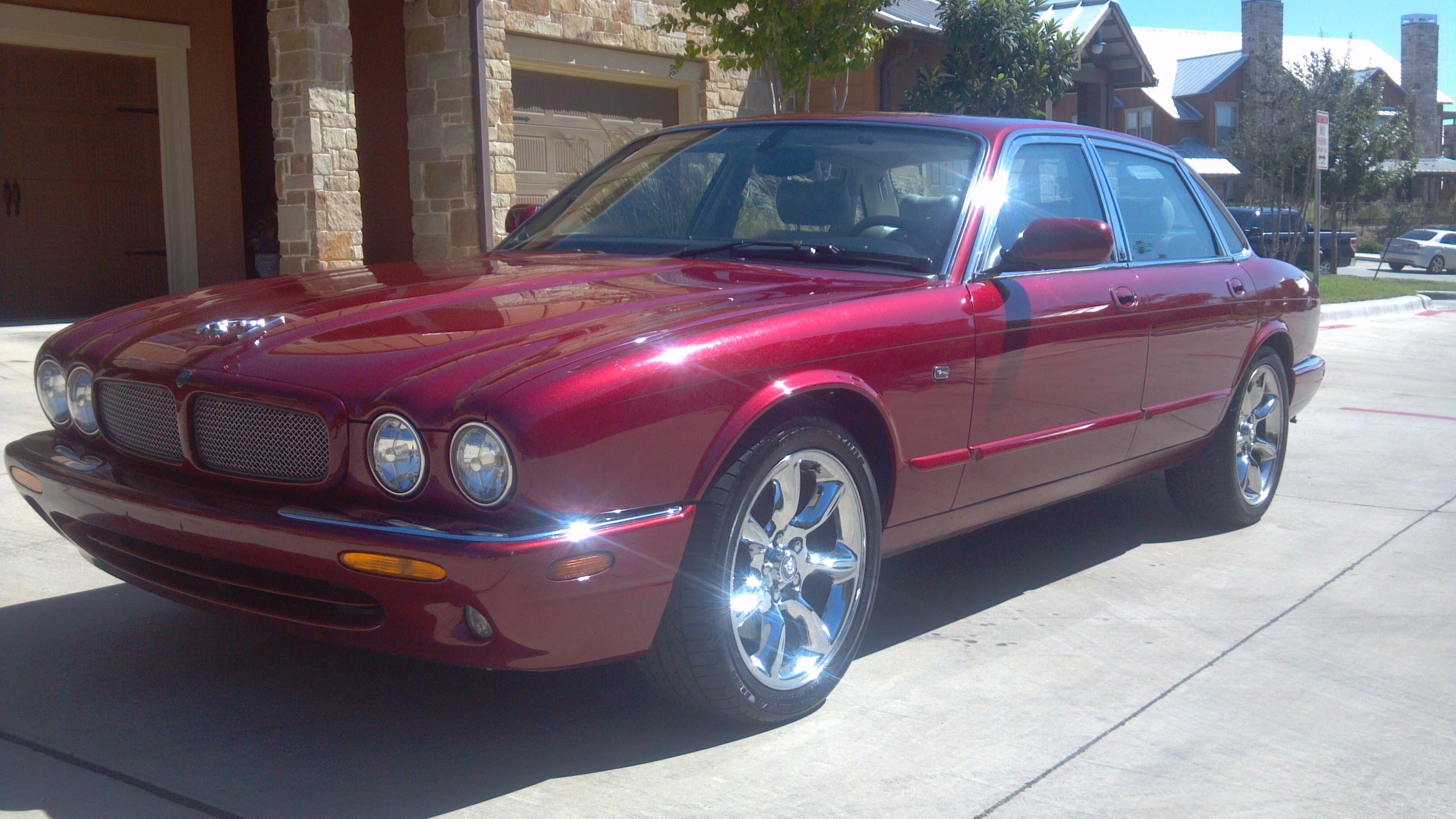The SD1 started its journey to its new owner in Georgia this morning. It’s been an interesting ride with this car – over the last three years I’ve learned more about Lucas EFI than I ever thought possible, as well as grown to appreciate just what Rover were trying to do with SD1. It’s a huge shame they were initially dogged with so many issues here in the US, as the straight-six versions doubtless would’ve sold very well into the 1980s.
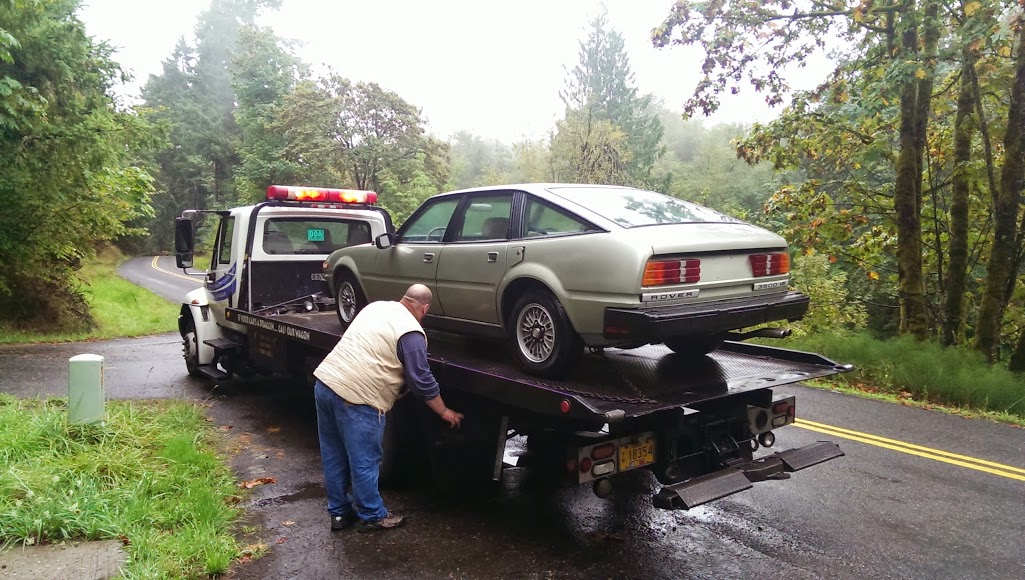
Much has been written about the SD1 in the USA, and why it failed. Rover was a one-model range at the time, and – in Europe – completed a gap in Triumph’s lineup after the withdrawal of the 2000/2500. Had the planned Lynx ever actually been produced, it and the SD1 would’ve made a rather nice range.. together with the “new” Triumph 1500. Even the Rover 213/216 would’ve probably sold well over here, as is evidenced by the visibility today of their Honda brethren.
It was my daily driver for a while, and – as well as proving it’s possibly to run a thirty year old British car on a daily commute – it still managed to average nearly 30mpg. It’s been to a few shows, confused a lot of people (‘what kind of Chevy/Pontiac/Ferrari is that?’), and been surprisingly reliable. It only broke down on me once, which was a) in the driveway so it doesn’t really count, and b) is because I ran out of fuel ‘cuz the fuel sender didn’t initially work. The kids also loved the fact that it was a little bit special and – for a British car – pretty big and comfy inside. It even did the school run a few times, during which there were occasional complaints about its fundamental brown-ness.
…but on it must go. It’s going to someone who knows exactly what it is, and will hopefully appreciate it as much as I do. It’s been replaced in the “fleet” here by a Rover P6, which is a whole different animal… but more on that another time.
